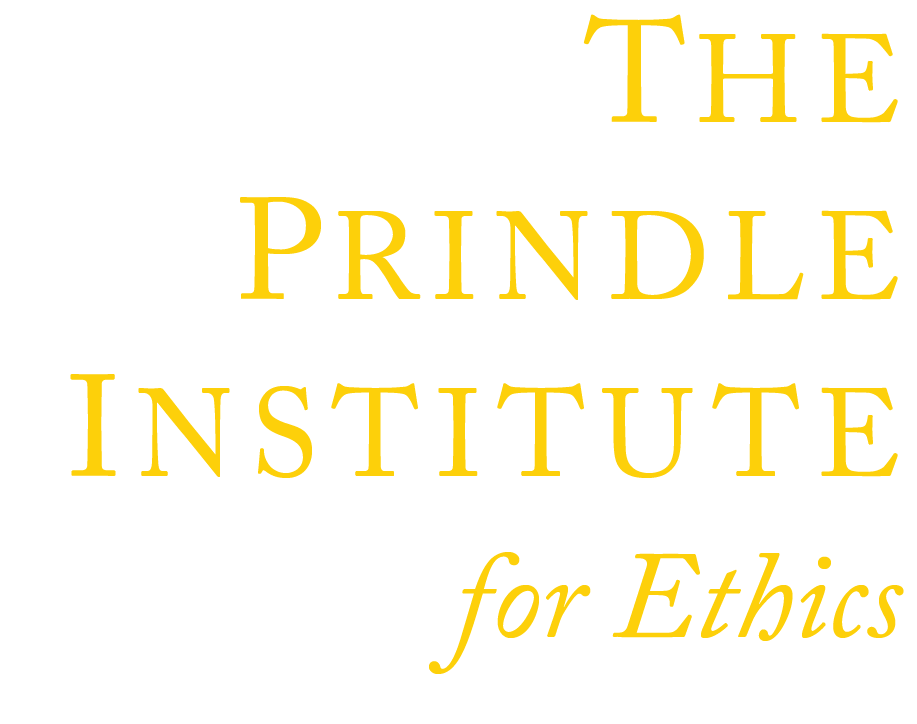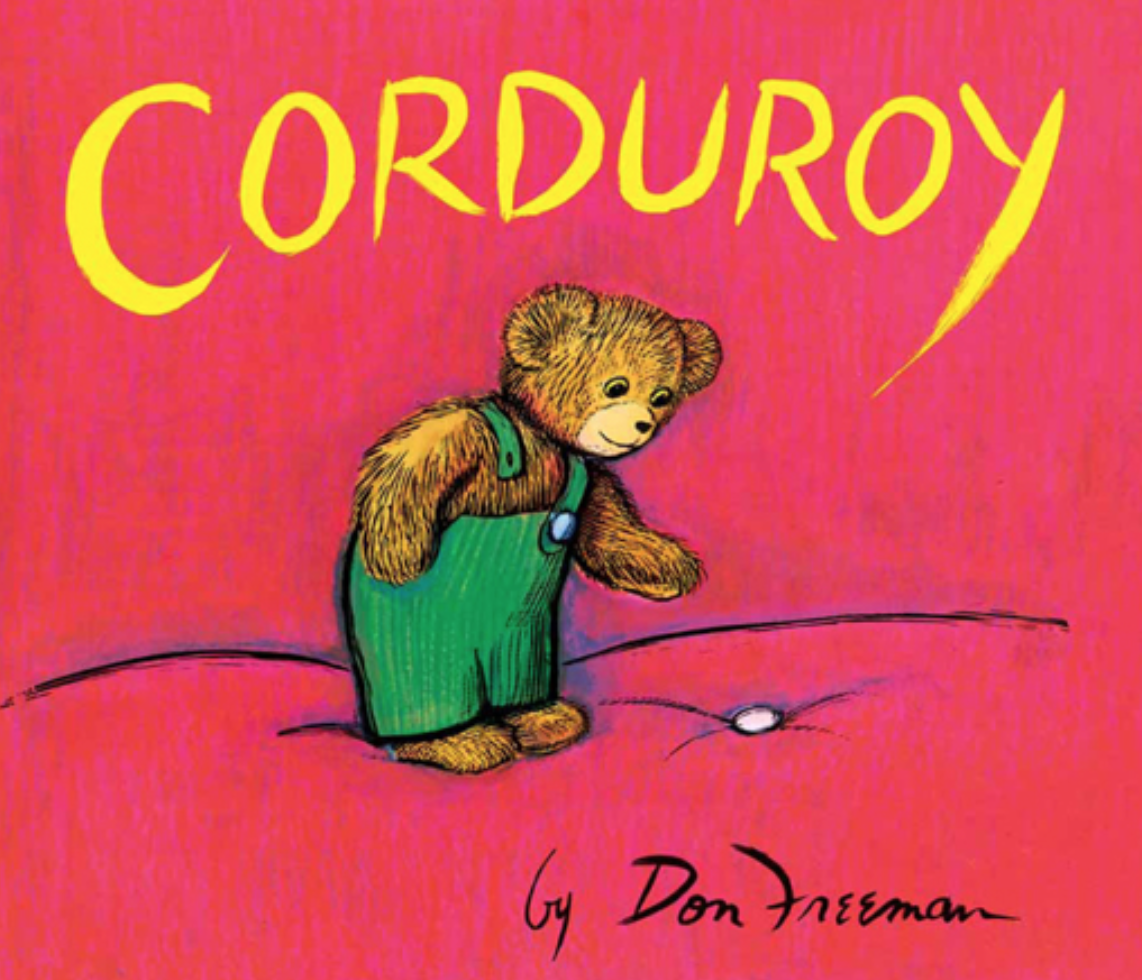Corduroy
Book Module Navigation
Summary
Corduroy the teddy bear is missing a button, but he still wants to find a home.
Corduroy is a story about a teddy bear that waits every day for someone to come into the department store and take him home. One day a little girl named Lisa wants to buy him, but her mother points out that he is missing one of the buttons on his overalls. That night he decides to explore the department store in search of a button. He doesn’t find a button, but the next day he finds friendship and a home.
Guidelines for Philosophical Discussion
Corduroy is a classic children’s story that raises questions about broad and important issues that we encounter on a day-to-day basis: materialism, friendship, and belonging, and allows children to identify their own feelings as commonly encountered. Corduroy the teddy bear encounters the same struggles that many people face throughout their lives. This simple and popular storybook teaches children valuable lessons that can be useful to them from a young age.
Children typically want the coolest toy, the prettiest dress, or the most money in their piggy bank. Material consumption is a characteristic of many North Americans. Do we actually need material things to be happy? From a young age, children find the word “want” becoming central to their vocabulary. In other developing countries, this desire to own material possessions is not as prominent. As we enter adulthood, many people want the the biggest house, the most fashionable clothing and accessories, and the nicest car. Does society push us to feel that we need these objects to be happy and live a fulfilling life? Are those who do not desire to have unnecessary material things less happy or less fulfilled? Corduroy serves as a classic example of the materialism that is ingrained in society. Although children do not need toys to survive, they still desire them and go out of their way to acquire them.
Friendship is a component of life that many consider to be necessary in order to fulfill happiness. From the beginning of our lives, we interact with others and create long-lasting connections with people and sometimes even things. In most cases, a need for companionship and a vivid imagination are the two main ingredients in the friendship between a person and an inanimate object. Even though the object is not alive, it can still provide comfort and make one feel safe if that person trusts in the object enough. Corduroy provides the little girl Lisa with this kind of friendship in the story even though he is not alive. Do children prefer to have imaginary friends over stuffed animal or toy friends? The story teaches children that friendship goes beyond its conventional interpersonal form and that people can find comfort and love even in objects such as teddy bears.
Belonging, or the desire to be an accepted member of a group, is a feeling that every person experiences throughout their lives. Corduroy not only wants a home, he also wants a friend. This symbolizes our humanistic need to belong to something, whether it is to a home, friends, family, sports team, or work place. Why do humans feel the need to belong to something? Often when we belong to something, we get a feeling of acceptance and wholeness. Corduroy addresses basic questions that most people pass through life without considering, even though the questions are central to whom they are and why they do the things they do.
Corduroy presents many opportunities to discuss important issues that children can relate to their everyday lives. It brings up numerous questions and can create a discussion that children can easily relate to, since they encounter the need to acquire material things, friends, and a sense of belonging from a very young age. Corduroy can teach children valuable life lessons while providing entertainment.
Questions for Philosophical Discussion
Materialism
“Oh, Mommy!” she said. “Look! There’s the very bear I’ve always wanted.”
- When is it okay to want material things?
- Why does the little girl want the teddy bear?
- Why does the little girl’s mother want the bear to be in perfect condition?
- If someone has the coolest toys and the nicest clothing, how will they feel?
- If people do not always want material possessions, are they unhappy? Why?
- Do you think that we only want material things because other people want them too or have them already?
- Throughout our lives we constantly desire to have more material possessions. Is this phenomenon common throughout the world or just in North America?
Friendship
“You must be a friend,” said Corduroy. “I’ve always wanted a friend.” “Me too!” said Lisa, and gave him a big hug.
- What are the necessary components of a friendship?
- What kinds of things do friends do for each other?
- Do you think the bear does those things for the little girl?
- When is it okay for people to be friends with inanimate objects?
- Does the little girl want to be friends with the teddy bear instead of another little girl or boy?
- Have you ever had an imaginary friend or been friends with something that was not alive?
- Even though the bear is not alive, do you think it can still be a friend to the little girl? Why?
Belonging
“This must be home,” he said. “I know I’ve always wanted a home!”
- What does it mean to belong?
- What is the definition of home?
- What does coming home feel like to you?
- Is the desire to belong central to human emotions? If so, why?
- If the bear is not alive, then why does it want to belong to a home?
- Have you ever had the feeling of wanting to belong to something or someone? What did it feel like?
- At what points in life do you feel like you belong to someone or something the most?
Original questions and guidelines for philosophical discussion by Kristy Grahn. Edited June 2020 by The Janet Prindle Institute for Ethics.
Find tips for leading a philosophical discussion on our Resources page.






